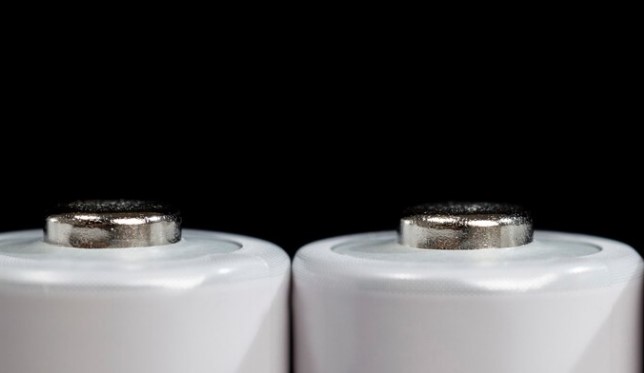Mosfet is a common name for a diode and a transistor, which are two types of electronic devices used in electronics. Mosfet has a triac structure as shown in the figure below. Triac is an abbreviation for thyristor. Mosfet can be categorized into three types: n-channel, p-channel, and single-ended.
In this article, we will focus on the n-channel mosfet and its working principle. The p-channel and single-ended mosfets will be covered in future articles.
What is an n-Channel Mosfet?
An n-channel mosfet is a type of transistor that has an input and output connected by an N terminal (named after the number of channels in the device). Figure 1 shows an n-channel mosfet with its parasitic elements drawn. The N terminal also serves as the gate electrode (G) for the transistor.
Figure 1: An n-Channel Mosfet with Parasitic Elements Drawn
The channel region between source and drain (S and D) comprises of P+ regions and N− regions, respectively. When current flows through this channel, it will cause electrons to flow from S to D while
What is a MOSFET?
The MOSFET is a special type of transistor that operates on the principle of MOS (metal-oxide-semiconductor) field-effect transistors. In contrast to the bipolar transistor, which uses two PN junctions between its source and drain, a MOSFET uses an insulating layer between these two regions. This allows current flow in one direction only – from the source to the drain. The advantage of this architecture is that it can allow much higher currents than with a bipolar transistor – up to 100 times the current! And because MOSFETs have no internal resistance, they are ideal for high-power applications, such as those used in digital logic and amplification.
In practice, a MOSFET operates by controlling the flow of electrons through its channel – which is made up of a number of dopants. When you turn on the power supply to a MOSFET, the electrons start flowing through the channel very quickly, due to the high voltage across it. Since there is no resistance in the channel, this causes an enormous current to flow – so much so that it can actually blow out your amplifier! To prevent this from happening, our engineers have developed various technologies to control the
The Working Principle of a MOSFET
What is the MOSFET?
A MOSFET is a type of transistor that is used in electronic devices, such as digital cameras, cell phones, and computers. A MOSFET operates on a power supply with very low resistance in order to switch high voltage currents. The MOSFET was first invented by Admiral Richard E. Byrd in 1960.
Applications of MOSFETs
MOSFETs are found in a variety of applications such as digital logic, amplification, power supplies, and signal processing. Let’s take a closer look at each of these applications to better understand what MOSFETs are and how they work.
Digital Logic
MOSFETs are used in digital logic gates to control the flow of electric current. Digital logic is a type of computer circuit that performs operations on data represented as electrical signals. The gates in digital logic use MOSFETs to control the flow of electric current between two wires or diodes. When current flows through a MOSFET, it can switch the electricity between two points. This switching allows computers to process data quickly by turning one bit of information into another.
Amplification
MOSFETs are also used in amplifiers to increase the power output of an audio or video system. Amplifiers use transistors to amplify small electrical signals into larger ones. The bigger signals can then be used to create sound or images on a screen. When current flows through a transistor, it can turn one small signal into many big ones. This is why amplifiers using transistors are so powerful – they can turn
Conclusion
The MOSFET is a switching device that helps to control the flow of electric current in electronic circuits. It is an essential component in many devices, including computer chips and LED lights. The MOSFET works by using an electric field to switch the flow of electricity between two or more electrodes. This article provides an overview of the MOSFET, its working principle, and some applications where it is used.



